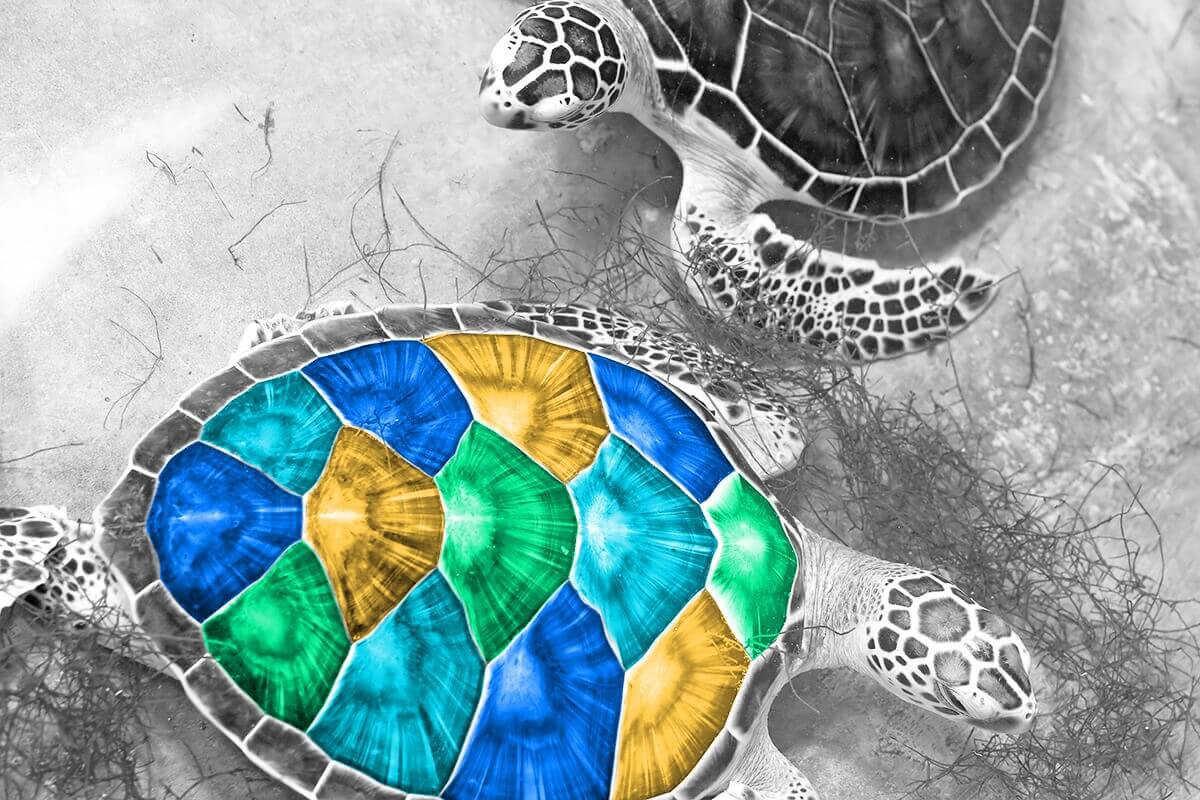| The world's smallest ocean is the __. |  |
|
|
 | Numbers Don't Lie |
|
 | | Depth (in feet) of the Mariana Trench, the deepest point on Earth | | 36,201 |
|
|  | | Percentage of the Earth's surface covered by oceans | | 71 |
|
|
|
 | | Length (in miles) of the mid-ocean ridge, a huge underwater mountain chain | | 40,390 |
|
|  | | Number of known marine species (although an estimated 91% of the ocean's species await scientific description) | | 240,470 |
|
|
|
|
|
 | The ocean isn't blue because it reflects the color of the sky. |
|
| The ocean is blue because it acts as a kind of sunlight filter, absorbing colors from the red part of the light spectrum (long wavelength light) and leaving behind those in the blue spectrum (short wavelength light). What's more, the ocean's surface isn't always blue — depending on what sediments and particles are floating in a given area, the light hitting them may result in a green or even reddish tint. There's also the fact that most of the ocean has no color whatsoever: Very little light penetrates past a depth of 656 feet (the so-called "twilight" zone), and none at all makes it past 3,280 feet (the "midnight" zone). | | |
|
|
|
| You might also like | | 8 Fascinating Facts About Turtles | | Also known as Testudines, turtles and tortoises are ecologically important. Celebrate these slow-moving dinosaur descendants by learning more about them. |  |
|  |
|
|
|
|
|
0 Comments:
Post a Comment
<< Home